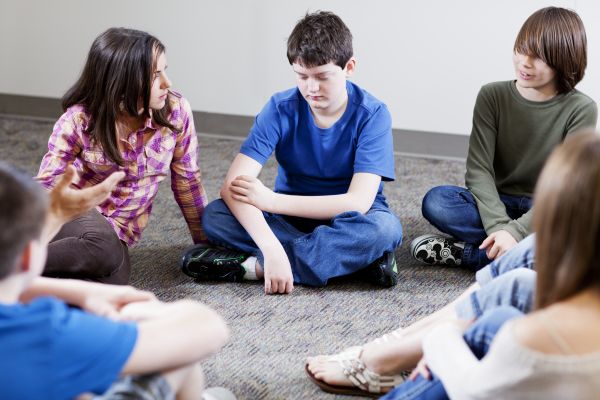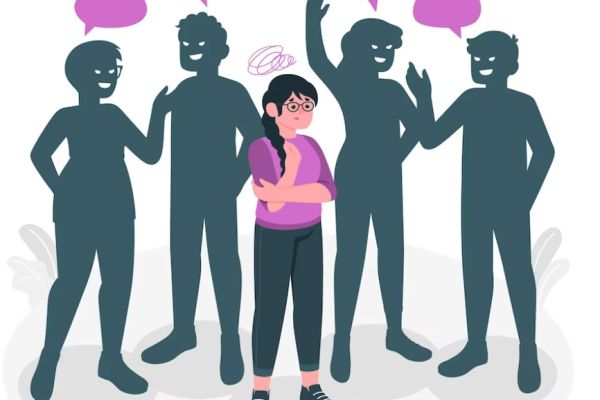Shyness is a sense of awkwardness or apprehension that some people consistently feel when approaching or being approached by others. Shyness is a response to fear, and research suggests that although there is a neurobiology of shyness—the behavioral repertoire is orchestrated by a specific circuit of neurons in the brain—it is also strongly influenced by parenting practices and life experiences.

Shyness emerges from a few key characteristics: self-consciousness, negative self-preoccupation, low self-esteem and fear of judgment and rejection. Shy people often make unrealistic social comparisons, pitting themselves against the most vibrant or outgoing individuals. Believing that others are constantly evaluating them poorly, shy people abandon new social opportunities—which, in turn, prevents them from improving their social skills.
Shyness is characterized by excessive self-consciousness, negative self-evaluation, and negative self-preoccupation, features that involve a sense of self. Since a sense of self develops around 18 months old, one can argue that people cannot be born shy. Around 20 percent of children are born with a highly reactive temperament, but that doesn’t guarantee that they will be shy or unable to change their behavior.
Shyness is driven by both biological and environmental forces. Babies are born with different temperaments, and those with an extremely sensitive temperament are more likely to go on to be shy. Yet supportive, sensitive parenting can buffer against developing shyness or social anxiety.
Shyness can be heightened during adolescence, since teens have to navigate new situations from classes to friendships to puberty. They may fear being embarrassed, rejected, or fully known. Parents can encourage teens to think about how they would act if those fears were irrelevant, and then help them practice cultivating those behaviors and skills.
Shyness is distinct from introversion. Introverts feel energized by time alone; shy people often want to connect with others, but don't know how or can’t tolerate the anxiety and fear of negative judgment that comes with human interaction. Their inclination to turn inward to monitor their own behavior and perceived shortcomings can prevent them from developing relationships.
The cultural values that children absorb from their parents and the larger society influence their social tendencies. Approximately 40 to 50 percent of American adults consider themselves shy, while 30 percent of Israelis and 60 percent of the Japanese say the same. Cultural styles of assigning blame and praise likely contribute to these cultural differences.

Shy people can successfully address social challenges without altering their sense of identity. Researchers find that it's often best for people to acknowledge their shyness and try to release themselves from feeling self-conscious.
A number of concrete strategies can boost social confidence. Instead of avoiding social events, shy people can schedule them in advance and practice their social skills ahead of time. They can plan a few questions and talking points, and observe the discussion to get their bearings before contributing. They can also work to reframe their mindset, expecting a positive outcome rather than assuming a negative reaction is inevitable.
Preparing for a social situation can shift your focus from what can go wrong to what can go right. Prepare questions for others and anecdotes you’d like to share. Reflect on what you might have in common. Being curious about others and softening your self-criticism can be helpful as well.
Shyness doesn’t disappear on its own. Shy people are most successful when they acknowledge and understand their shyness, and then act based on that self-awareness. They recognize that small talk may not come naturally, so they plan ahead, rehearse questions and anecdotes, and arrive early to feel comfortable in the new setting.
Parents can help shy children cultivate friendships without pushing them to be someone they’re not. Parents can encourage the child’s passions, as friendships can form around a shared activity. They can also teach basic social skills, such as making eye contact, smiling, speaking clearly, and asking “what” and “how” questions.















